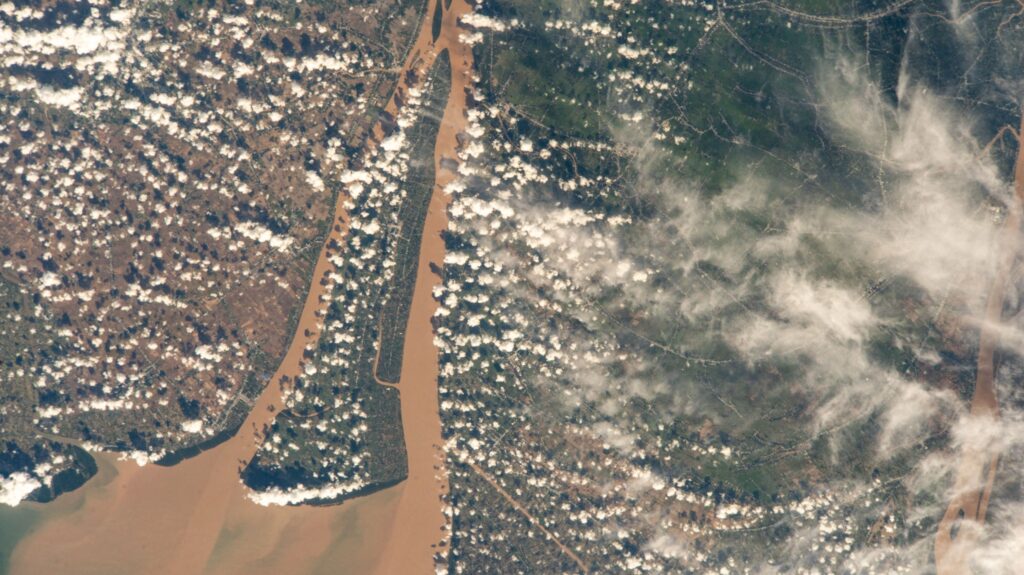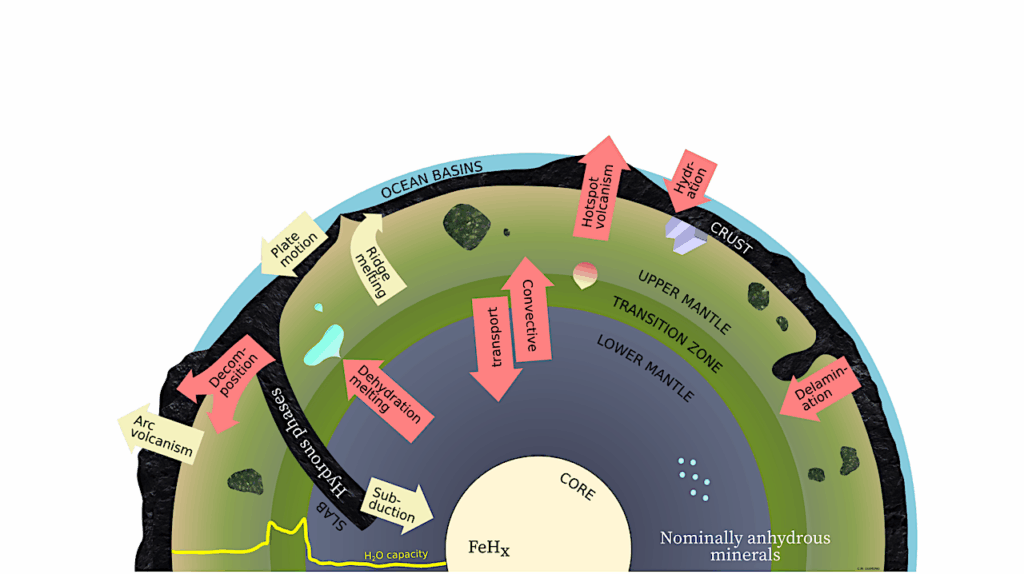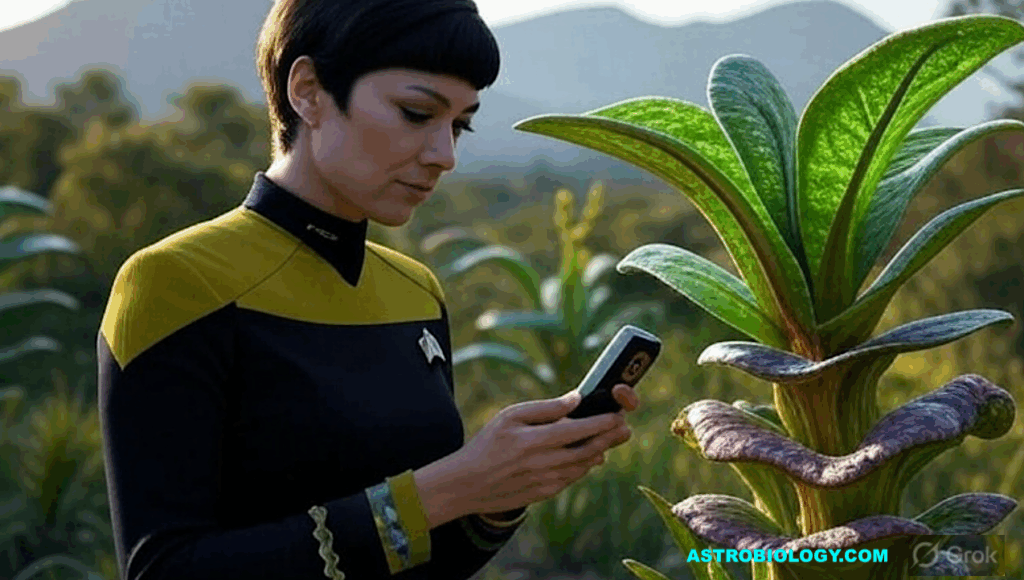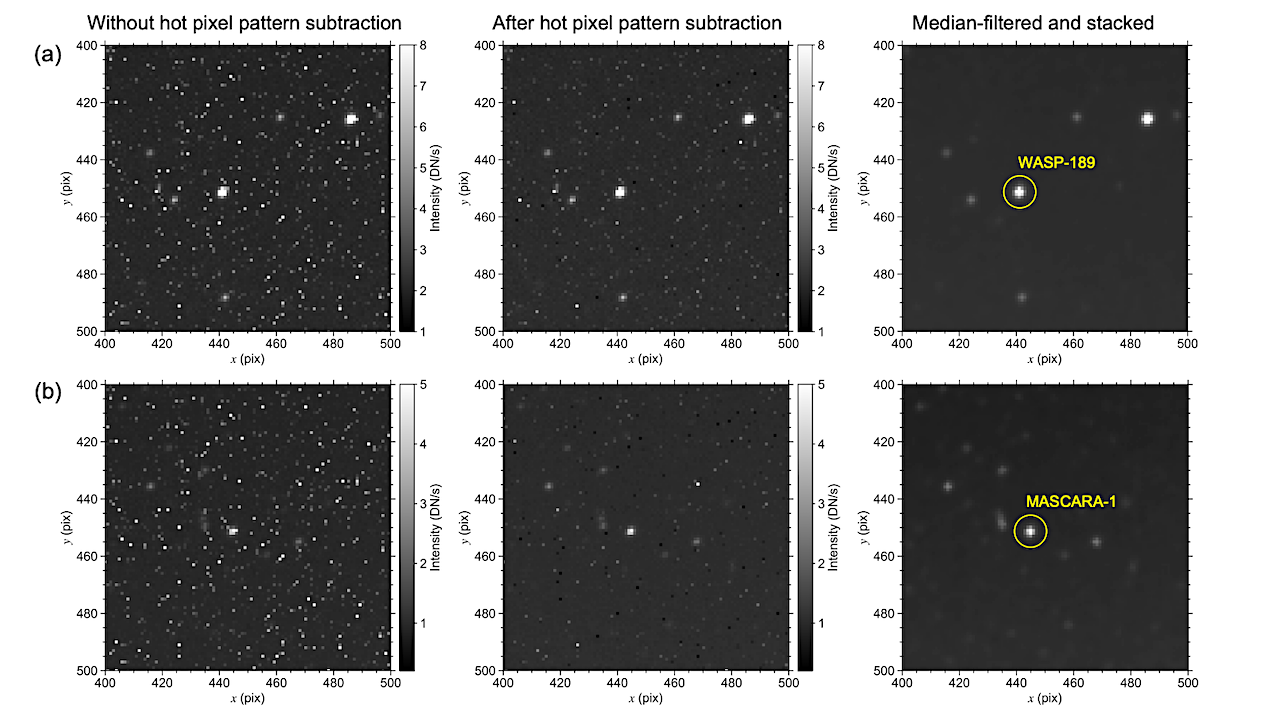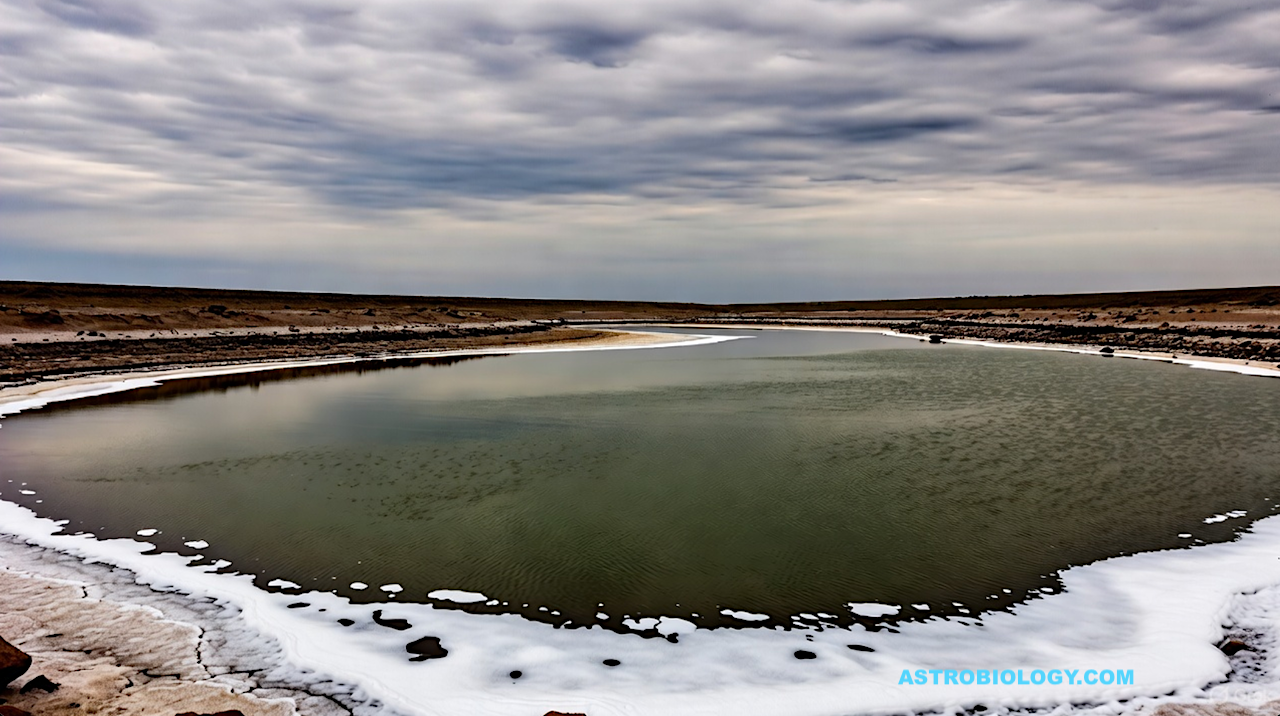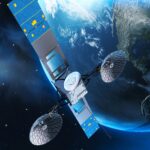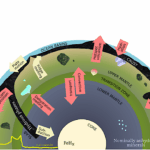Now Reading: Genomic Characterization of Microbacterium meiriae sp. nov., A Novel Bacterium Isolated From The International Space Station
-
01
Genomic Characterization of Microbacterium meiriae sp. nov., A Novel Bacterium Isolated From The International Space Station
Genomic Characterization of Microbacterium meiriae sp. nov., A Novel Bacterium Isolated From The International Space Station
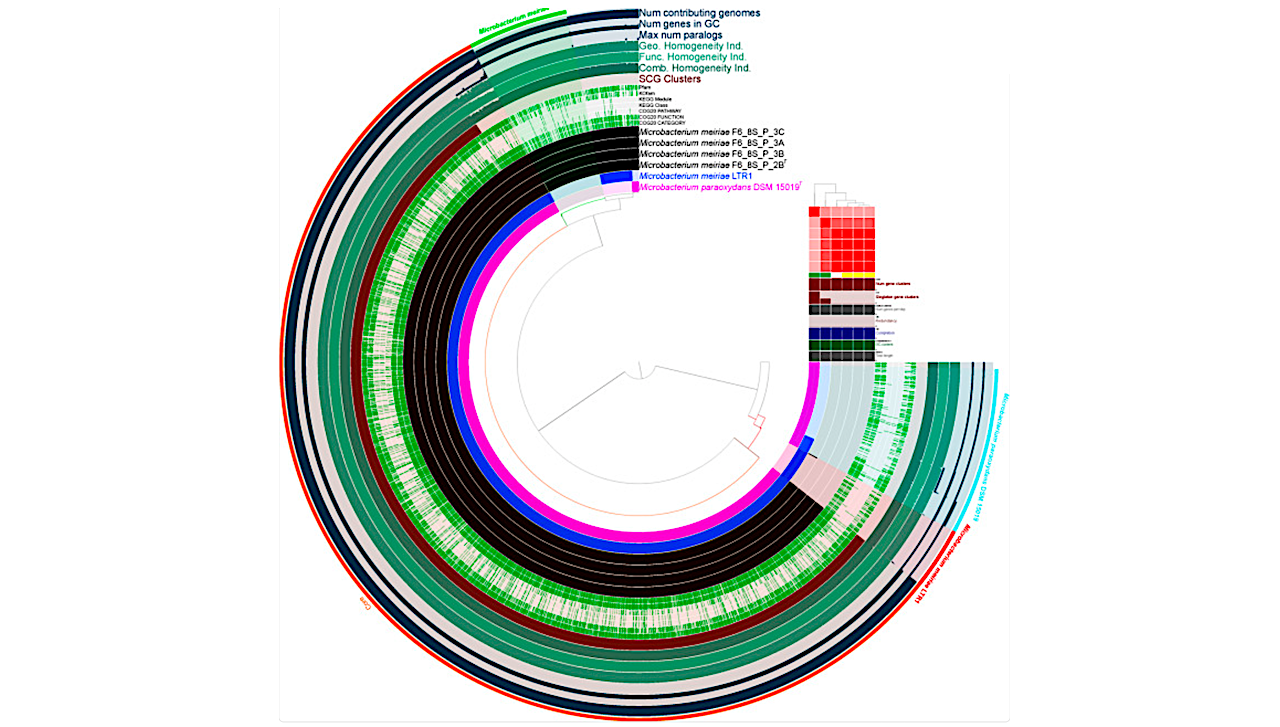

Pangenome analysis comparing the Microbacterium meiriae strains with Microbacterium sp. LTR1, M. paraoxydans DSM 15019T, and additional Microbacterium species. The distribution of core, accessory, and strain-specific gene clusters is shown. — Science Reports via PubMed
During the microbial surveillance of the International Space Station (ISS) in April 2018, four Gram-stain positive bacterial strains, designated as F6_8S_P_2BT, F6_8S_P_3A, F6_8S_P_3B and F6_8S_P_3C, belonging to the genus Microbacterium were isolated from the walls of crew quarters.
All four strains exhibited high 16S rRNA gene sequence similarity (> 99%), low average nucleotide identity (93%), and < 49.7% digital DNA: DNA hybridization values with the closest recognized Microbacterium paraoxydans DSM 15019T, delineating new phylogenetic branches within the genus. Further whole-genome sequencing (WGS) and phylogenomic analysis revealed a close genetic relationship (> 98% ANI; > 83% dDDH) between the ISS strains and Microbacterium sp. LTR1 strain isolated from the larva skin of Lissotriton vulgaris from Tula region, Russia, which was misidentified as M. paraoxydans.
The pangenomic analysis also shows high correlation between the ISS strains and their proximity to the type strain M. paraoxydans DSM 15019T. These analyses suggest that strain LTR1, previously characterized as M. paraoxydans, should be included in this new Microbacterium clade alongside the four novel ISS strains.
Functional genome analysis revealed unique proteins associated with transcription, defense, and metabolism. The genome harbored toxin-antitoxin modules (e.g., VapBC, Phd/YuzE), stress response regulators (FrmR, YhcF), and genes involved in formaldehyde resistance and glycoside hydrolase activity.
Secondary metabolite gene clusters included beta-lactone, terpene, and T3PKS. Notably, tetracycline resistance gene tet(42) was present, indicating potential clinical relevance. The ISS strains grew at 4-40 °C, 0.5-8% NaCl, and pH 6.0-9.0. Chemotaxonomic features included anteiso-C15:0 and anteiso-C17:0 as major fatty acids, MK-12 as the predominant menaquinone, and ornithine as the diagnostic diamino acid in B2β-type peptidoglycan.
The genomic DNA G+C content was 70.03 mol%. The polyphasic taxonomy showed that the ISS isolates along with LTR1 represent distinct strains of a new Microbacterium species, herein named Microbacterium meiriae. The type strain is F6_8S_P_2BT (DSM 115935T = NRRL B-65668T).
Genomic characterization of Microbacterium meiriae sp. nov., a novel bacterium isolated from the International Space Station, Science Reports via PubMed
Astrobiology, ISS, Genomics,
Stay Informed With the Latest & Most Important News
-
 012024 in Review: Highlights from NASA in Silicon Valley
012024 in Review: Highlights from NASA in Silicon Valley -
 02Panasonic Leica Summilux DG 15mm f/1.7 ASPH review
02Panasonic Leica Summilux DG 15mm f/1.7 ASPH review -
 03From Polymerization-Enabled Folding and Assembly to Chemical Evolution: Key Processes for Emergence of Functional Polymers in the Origin of Life
03From Polymerization-Enabled Folding and Assembly to Chemical Evolution: Key Processes for Emergence of Functional Polymers in the Origin of Life -
 04How New NASA, India Earth Satellite NISAR Will See Earth
04How New NASA, India Earth Satellite NISAR Will See Earth -
 05And Thus Begins A New Year For Life On Earth
05And Thus Begins A New Year For Life On Earth -
 06Astronomy Activation Ambassadors: A New Era
06Astronomy Activation Ambassadors: A New Era -
07SpaceX launch surge helps set new global launch record in 2024












